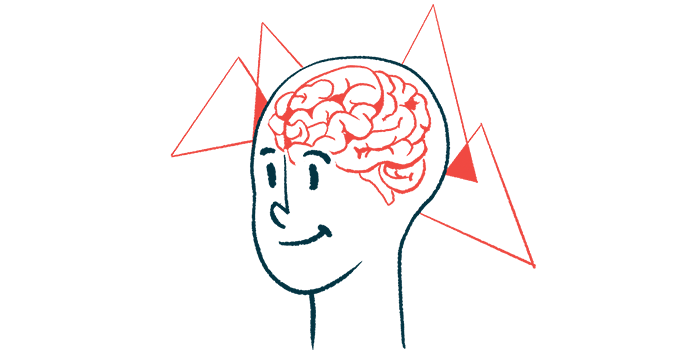Brain Circuit Affected by Parkinson’s, Similar Disorders Mapped in Detail

Mapping of a brain circuit that is of particular relevance to neurological diseases such as Parkinson’s and Huntington’s revealed key features about its architecture and information flow, a study in mice reported.
This brain circuit involves a looping connection between the cortex, the basal ganglia, and the thalamus — and back to the cortex. These regions are involved in the control of movement, emotions, and complex cognitive activities, like learning and memory.
Study findings are expected to help researchers in manipulating the circuit, and potentially in designing cell-specific therapies for these diseases.
“Like any explorer traveling deep into uncharted territory, we make maps to guide future visitors,” Hong-Wei Dong, MD, PhD, the study’s lead author and a professor of neurobiology at the David Geffen School of Medicine at the University of California Los Angeles (UCLA), said in a university press release.
“My lab mapped out the intricate circuitry of the mouse brain to enable other scientists to conduct more accurate experiments in mouse models of diseases like Parkinson’s or Huntington’s,” Dong added.
The study, “The mouse cortico–basal ganglia–thalamic network,” was published in Nature.
Researchers have long been seeking to understand how the brain works by mapping its “wiring”: how networks of neurons connect and interact.
To make these maps, a research team with the BRAIN Initiative Cell Census Network used a green dye to trace individual nerve cells, or neurons, and chart their connections with other neurons. Those connections, shaped as circuits, process and communicate distinct types of sensory information in the brain.
“Our results illuminate clearer paths for future studies to follow by illustrating how different brain structures organize into networks and communicate with one another,” said Dong, who also leads the UCLA Brain Research & Artificial Intelligence Nexus. “These findings will enable scientists to better understand how dysfunction in one small brain region can undermine the function of its larger neural circuit.”
Using a standard mouse brain atlas as a reference, the researchers found multiple ways through which information is output, or transmitted — either in a direct or indirect manner — through certain regions of the brain.
“We identified smaller circuits within the cortico-basal ganglia-thalamic loop that process information for specific functions,” said Nicholas Foster, PhD, the study’s first author. “Some of these subcircuits enable the brain to control movement of the arms, legs and mouth. Other circuits process emotional input or complex cognitive processes, such as learning the consequences of actions.”
Specifically, the team mapped synaptic output pathways through the globus pallidus external part (GPe), substantia nigra reticular part (SNr), thalamic nuclei, and the cortex.
The substantia nigra is a key region affected in Parkinson’s disease, and activity in GPe neurons is known to be reduced in Parkinson’s patients. Of note, synapses are the junctions between two nerve cells (neurons) that allow them to communicate.
Researchers identified 14 SNr and 36 GPe domains that receive inputs from multiple other domains within the brain striatum — a cluster of neurons within the basal ganglia involved in motor and action planning, as well as cognition.
They also found that certain cortical areas can project directly to the SNr, suggesting that the cortex can directly activate all components of this particular subnetwork. In the past, it was believed that that fastest way for information to be passed from the cortex to the SNr was though the subthalamic nucleus — a part of the basal ganglia that is one of the common targets of deep brain stimulation treatment for Parkinson’s disease.
These maps can provide scientists with a navigation tool for what a normal brain looks like and pinpoint smaller circuits that can be affected in neurological diseases.
Future research will focus on the subthalamic nucleus, an important therapeutic target for Parkinson’s, and how it communicates with the cortex-basal ganglia-thalamus circuit.
“A number of neuropsychiatric and movement disorders probably involve alterations in specific subnetworks of the cortico-basal ganglia-thalamic network that perform specific cognitive and behavioural functions, and the combination of malfunctions in these circuits underpin complex disorders,” the researchers wrote.
This work was funded by the National Institute of Mental Health and the National Institutes of Health’s BRAIN Initiative.







